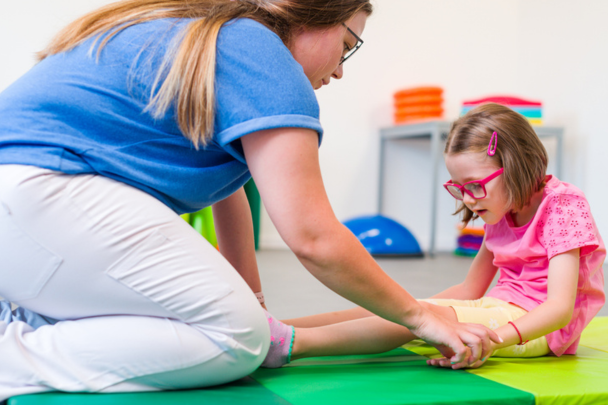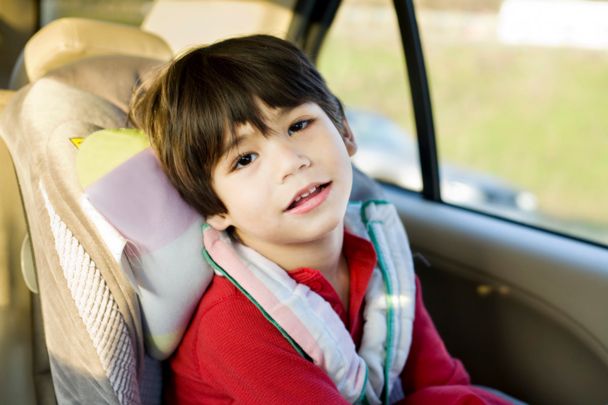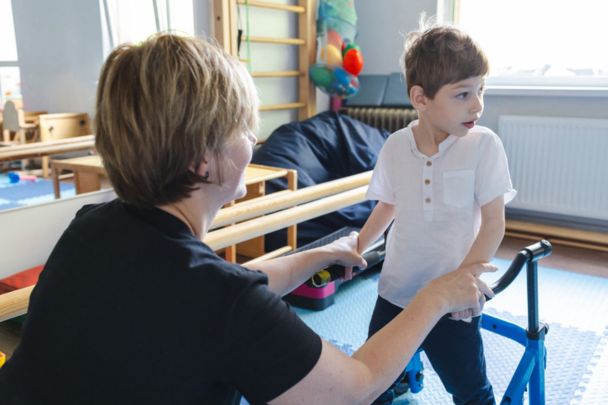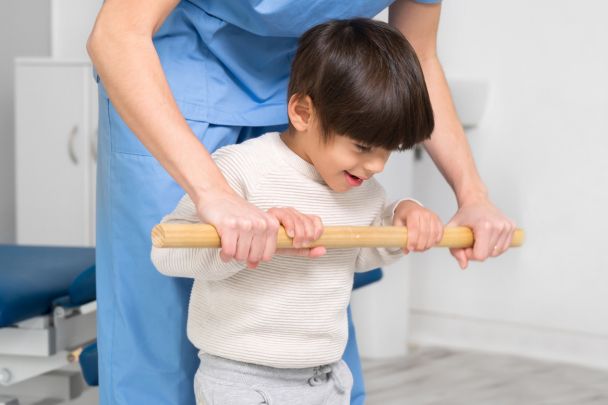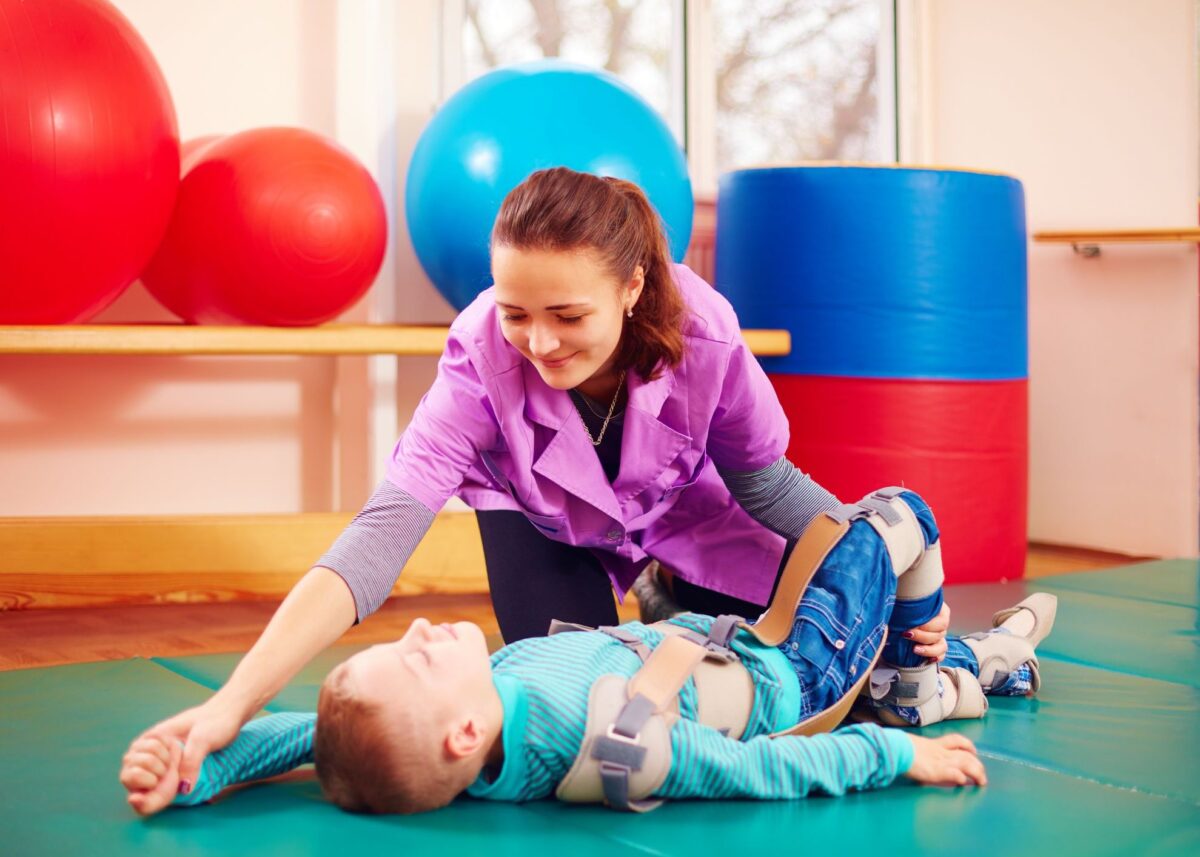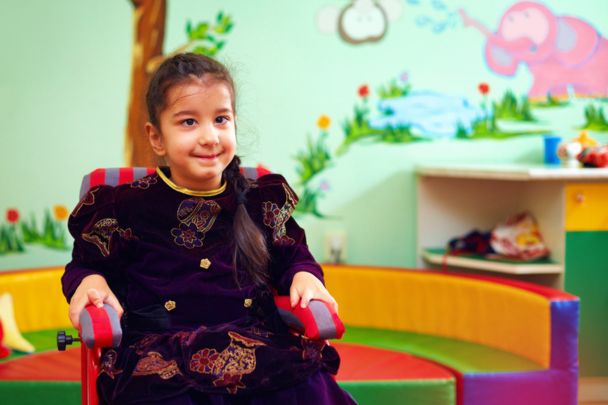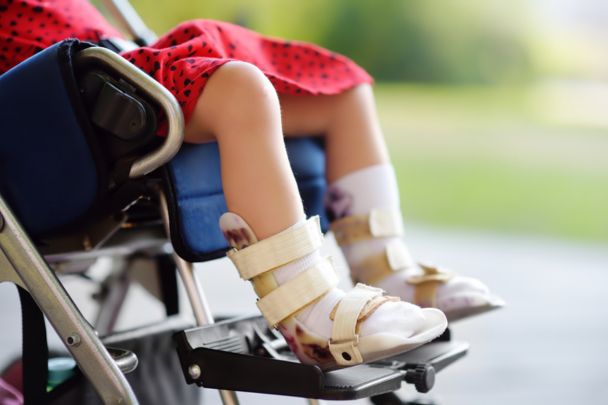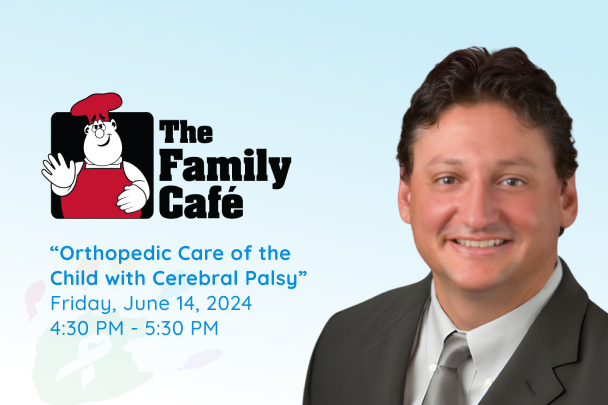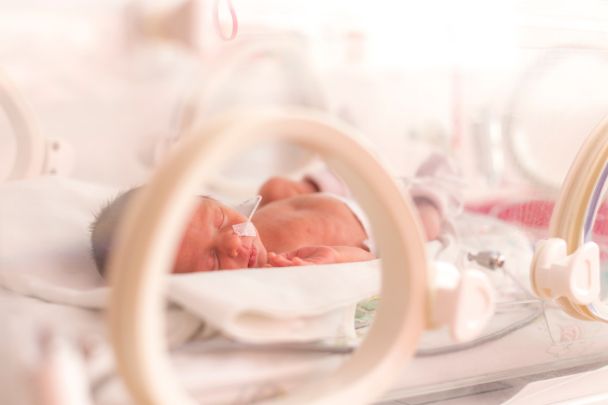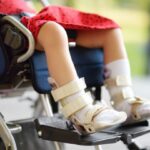Children with cerebral palsy often face a range of orthopedic challenges, and one of the most common complications is hip dysplasia. This condition occurs when the hip joint does not develop properly, leading to instability, misalignment, and in some cases, severe pain.
In children with cerebral palsy, especially those with spastic quadriplegia, muscle imbalances can pull the hip out of its socket over time, increasing the risk of dislocation. Early recognition of hip dysplasia is essential to prevent pain, improve mobility, and avoid long-term complications.
Dr. David Siambanes, a board-certified orthopedic surgeon specializing in pediatric orthopedics and spinal deformities, has extensive experience diagnosing and treating hip dysplasia in children with cerebral palsy. His expertise helps children maintain comfort, improve sitting tolerance, and reduce the risk of future mobility issues.
What is Hip Dysplasia?
The hip is a ball-and-socket joint, where the top of the thigh bone (femoral head) fits into the curved part of the pelvis (acetabulum). In children with hip dysplasia, this joint doesn’t form correctly. The ball may sit loosely in the socket or move partially — or completely — out of place.
For children with cerebral palsy, muscle tightness and imbalances can pull the hip out of alignment, gradually leading to hip subluxation (partial dislocation) or hip dislocation (complete separation of the ball from the socket). Without treatment, hip dysplasia can cause chronic pain, reduced mobility, and difficulties with sitting or standing.
Why Children with Cerebral Palsy Are at Higher Risk
Cerebral palsy affects muscle tone and control, often leading to spasticity (increased muscle stiffness) or hypotonia (decreased muscle tone). In children with spastic cerebral palsy, tight muscles can pull unevenly on the hip joint, gradually leading to misalignment.
Children who are non-ambulatory or spend much of their time in a seated position, such as those with spastic quadriplegia, are especially at risk. The lack of weight-bearing activities, like walking, can limit proper hip development, making dislocation more likely over time.
Common Symptoms of Hip Dysplasia in Children with Cerebral Palsy
Hip dysplasia symptoms can sometimes be difficult to detect, especially in non-verbal children who cannot express their discomfort. However, there are signs that parents and caregivers can watch for:
1. Pain and Discomfort
Pain is often the most noticeable symptom of hip dysplasia. Children may experience:
- Discomfort during diaper changes or when legs are moved
- Pain when sitting, especially for extended periods
- Crying or irritability when the hip is manipulated or under pressure
- Pain even while at rest in severe cases
Non-verbal children may express pain through agitation, crying, or changes in behavior.
2. Limited Range of Motion
Hip dysplasia can cause stiffness in the hip joint, making it difficult to:
- Spread the legs apart during diaper changes
- Move the hips into different positions
- Sit comfortably without leaning to one side
Parents may notice that one leg appears stiffer or harder to move than the other.
3. Asymmetrical Leg Positioning
Children with hip dysplasia often have one leg that appears longer or shorter due to the misalignment of the hip. Other signs of asymmetry include:
- One hip or buttock appearing higher than the other
- Uneven skin folds on the thighs or buttocks
- A noticeable tilt in the pelvis when sitting
4. Difficulty Sitting or Standing
When the hip is out of alignment, children may struggle to sit upright or balance evenly while standing. In wheelchair-dependent children, poor hip positioning can make it harder to maintain an upright seated posture, increasing the risk of pressure sores and spinal curvature.
5. Audible Clicking or Popping Sounds
In some cases, the hip may make clicking or popping sounds during movement. While not always painful, these sounds can indicate that the hip is unstable or partially dislocated.
The Importance of Early Detection
If left untreated, hip dysplasia can progress to a full dislocation, leading to severe pain and further limitations in mobility. Early detection allows for less invasive treatment options and can prevent long-term complications.
Dr. Siambanes emphasizes the importance of routine orthopedic evaluations for children with cerebral palsy. Using advanced imaging techniques and the Motion Analysis Lab, he can assess your child’s gait, posture, and joint health to catch early signs of hip dysplasia before it becomes more severe.
Treatment Options for Hip Dysplasia Symptoms in Children with Cerebral Palsy
The goal of treatment is to restore proper hip alignment, reduce pain, and improve function. Treatment plans vary based on the severity of the misalignment and the child’s overall mobility.
1. Non-surgical Interventions
- Physical Therapy can help strengthen surrounding muscles and improve hip positioning.
- Bracing or Orthotic Devices may be used to support the hip and prevent further misalignment.
- Botox Injections can reduce muscle spasticity around the hip, making it easier to maintain proper alignment.
2. Surgical Options
For children with significant misalignment or pain, surgery may be necessary. Dr. Siambanes specializes in procedures that relocate the hip joint and stabilize it within the socket. These surgeries are often performed between ages 7 and 12, allowing for optimal hip development as the child grows.
Surgical intervention can dramatically improve a child’s sitting balance, mobility, and overall comfort, especially for those who rely on wheelchairs or spend extended time in seated positions.
Supporting Your Child’s Comfort and Mobility
Recognizing the signs of hip dysplasia early is crucial in helping your child avoid pain and maintain as much independence as possible. If you notice any of the symptoms listed above or have concerns about your child’s hip development, don’t hesitate to reach out to a specialist.
Dr. Siambanes is committed to helping children achieve better mobility, improved sitting tolerance, and a higher quality of life. With expertise in both non-surgical and surgical treatments, Dr. Siambanes provides comprehensive care tailored to your child’s unique needs.
Schedule a Consultation Today
If you’re concerned about your child’s hip health, contact Children’s Cerebral Palsy to schedule a consultation with Dr. Siambanes. Early intervention can make all the difference in preventing pain and supporting your child’s mobility as they grow.


